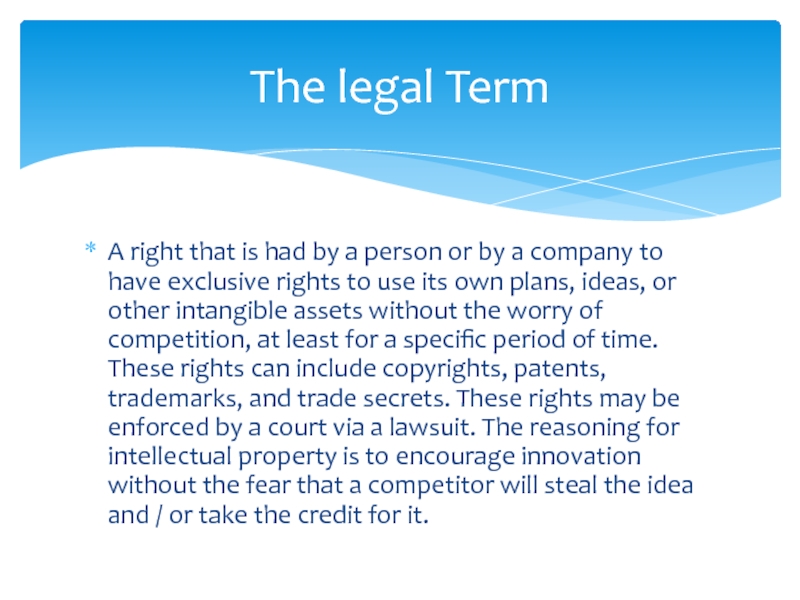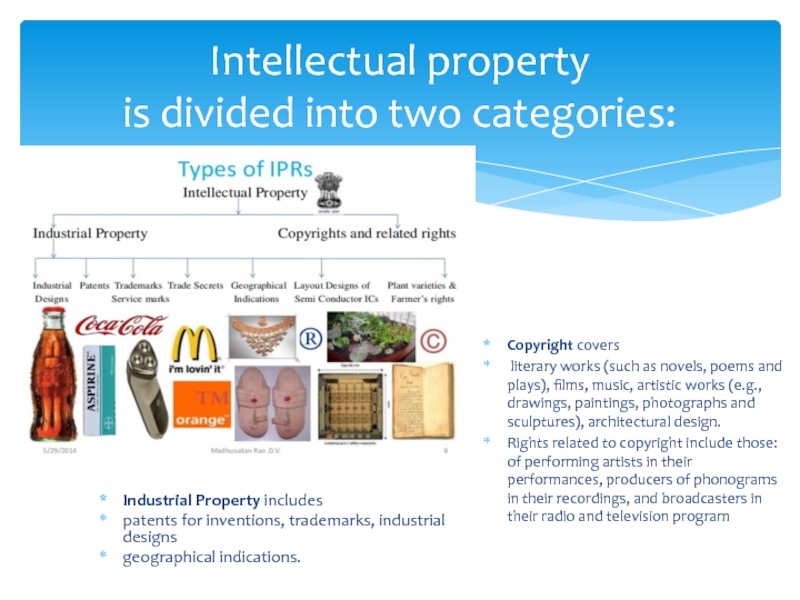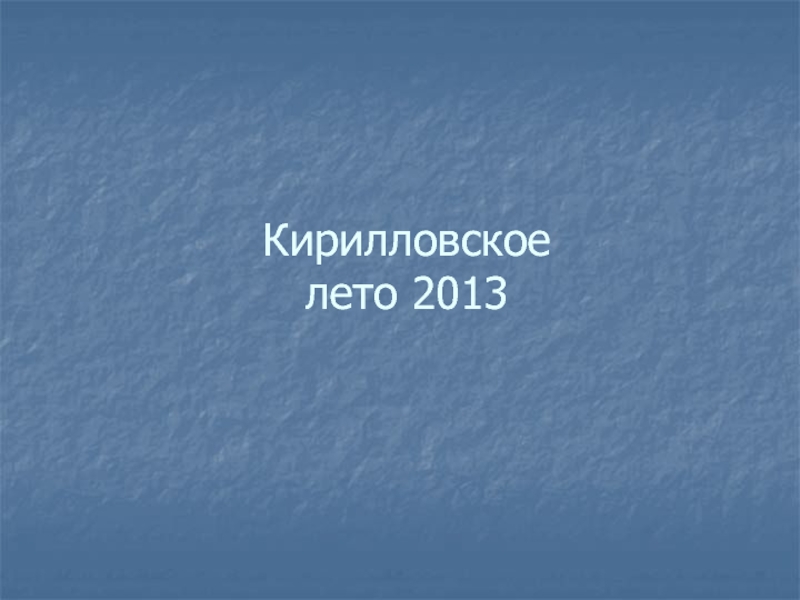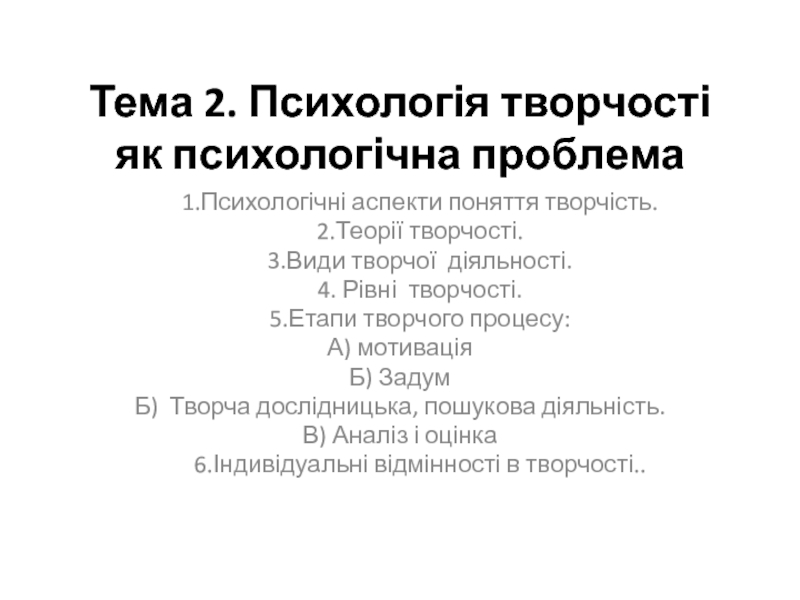a company to have exclusive rights to use its own
plans, ideas, or other intangible assets without the worry of competition, at least for a specific period of time. These rights can include copyrights, patents, trademarks, and trade secrets. These rights may be enforced by a court via a lawsuit. The reasoning for intellectual property is to encourage innovation without the fear that a competitor will steal the idea and / or take the credit for it.The legal Term





























